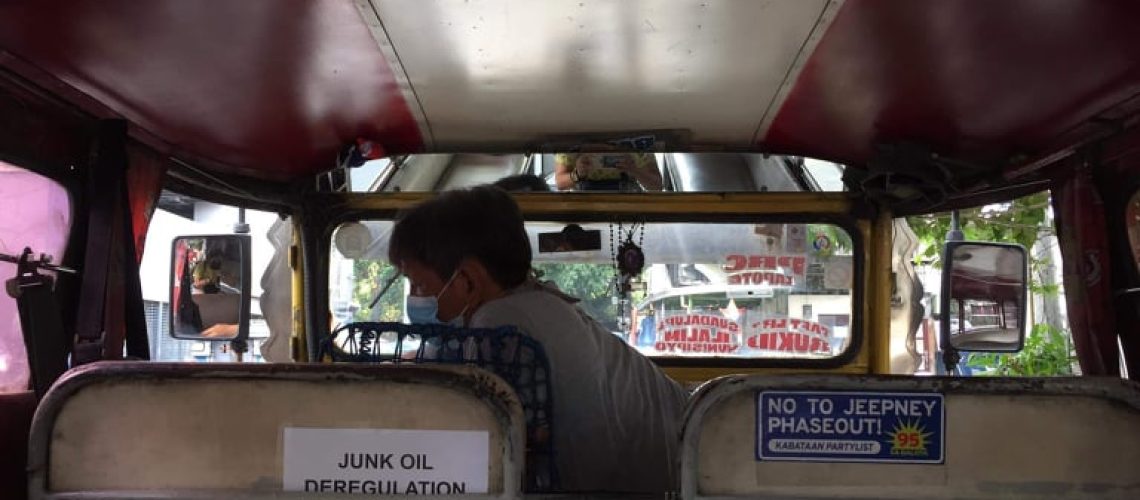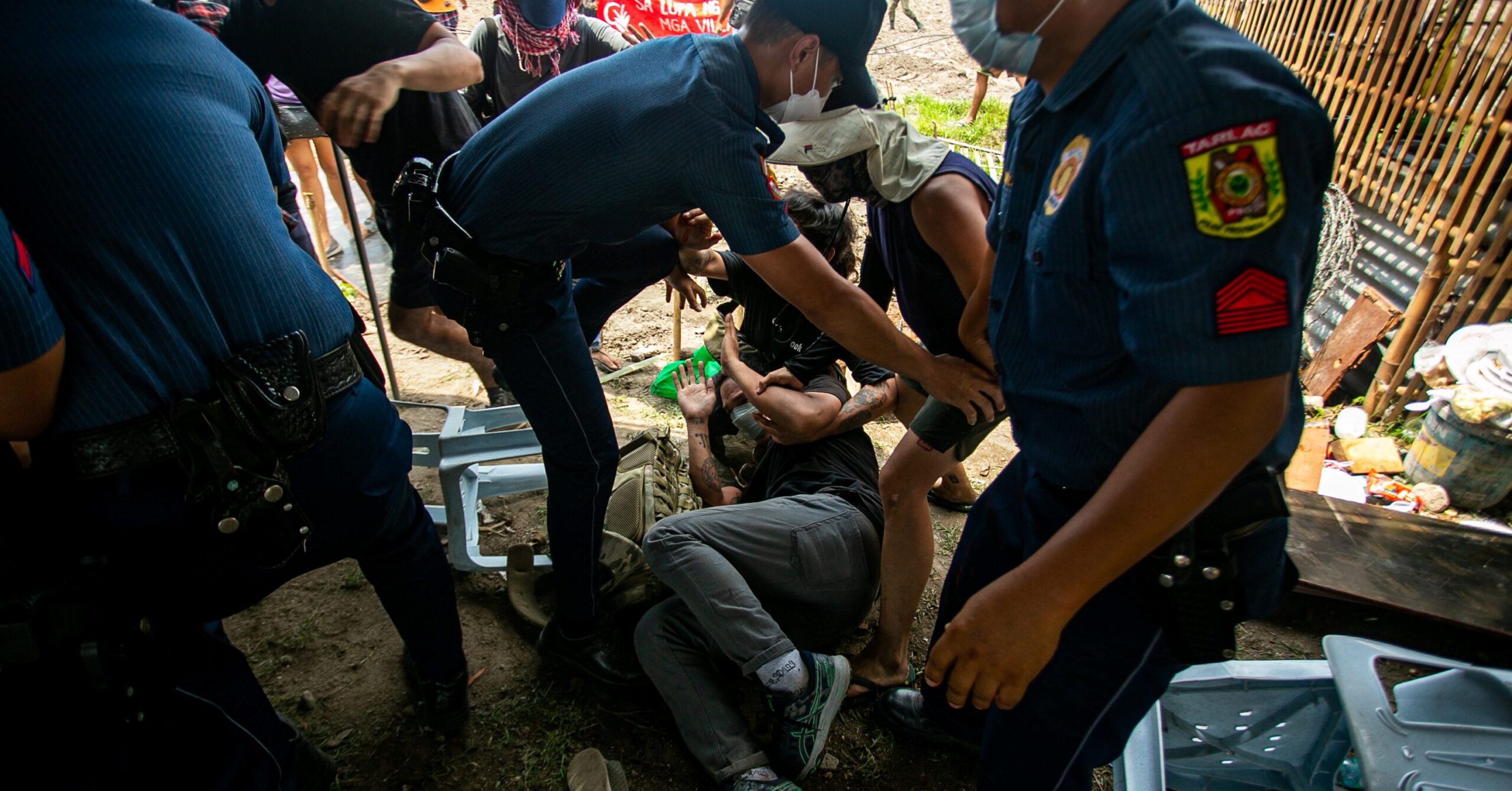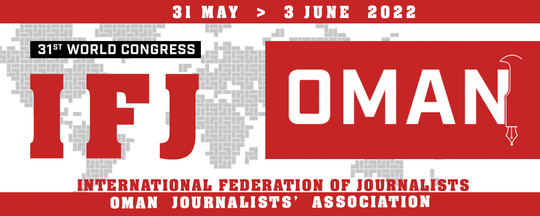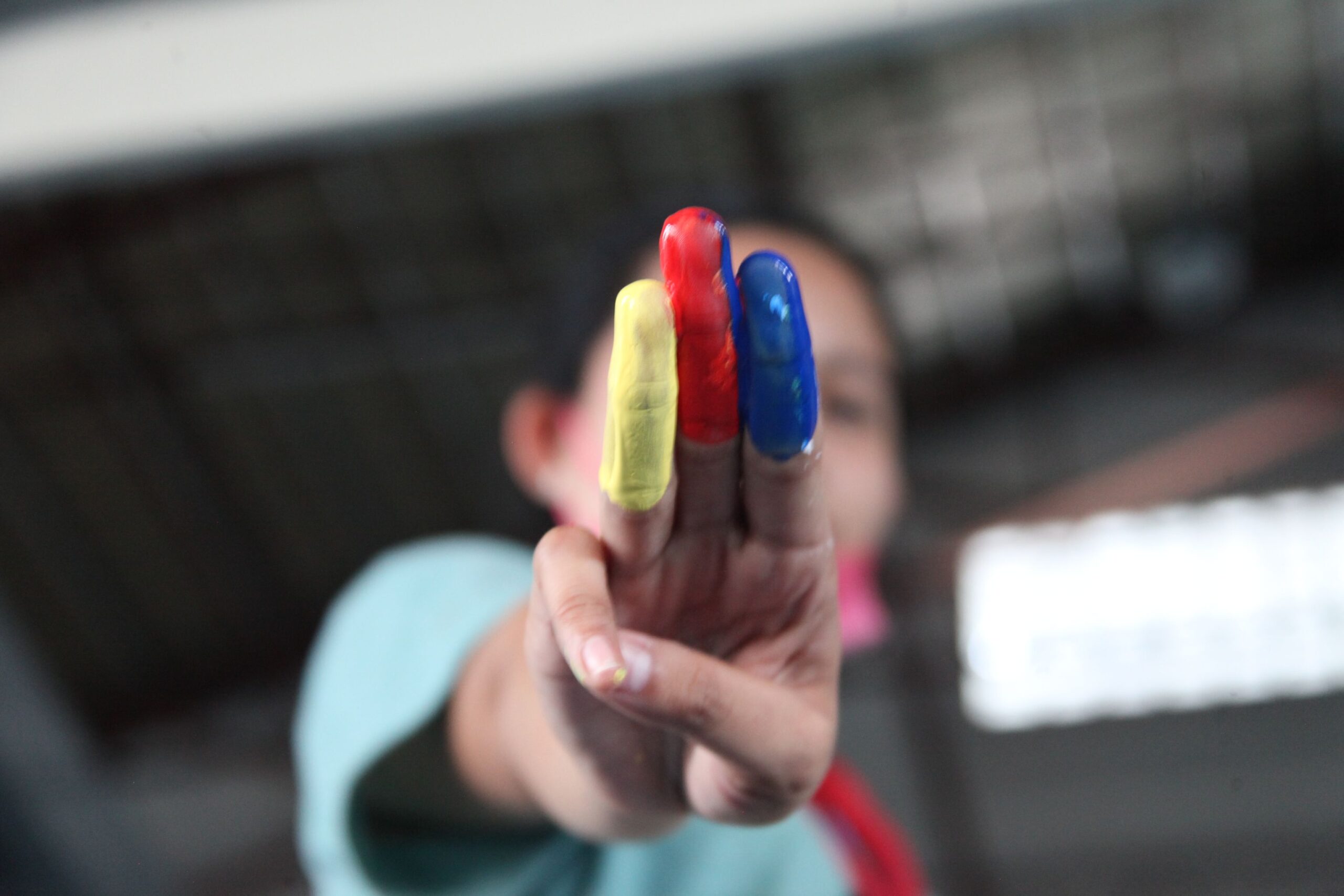By SHARLYN VIVO and DOMINIQUE FLORES
With reports from Janess Ann J. Ellao and Emily Vital
Bulatlat.com
MANILA – For a 52-year-old jeepney driver, the incessant oil price hikes may force them to stop operating. Worse, it will keep them from putting food on their table.
“For jeepney drivers with a large family, we can’t afford to sustain our family’s needs. Since the pandemic started, I barely even hand them money,” Resti Rocafort told Bulatlat in an interview.
For the past 15 years, Rocafort has been plying the Guadalupe to L.Guinto route, which covers the cities of Manila and Makati. In the past few months, however, more than two-thirds of Rocafort’s income goes to his fuel and a daily boundary* of $5. And with the incessant price hikes of oil and other staples, Rocafort can only bring home about $4 a day.
This is a far cry from the daily P700 ($13) they used to bring home, according to independent think tank Ibon Foundation. They attributed this to the cumulative price increase of diesel since January 2021, which is at 18 ($0.34).
Read: Record oil price hikes: People must rage against neoliberalism
Read: Jeepney drivers still no route of hope
Today, diesel is set to increase by P12 or P13 per liter while gasoline by P6.80/$0.13 to P7.00/$0.13 per liter. This is by far the biggest price hike to Rocafort’s memory.
No ‘gas’ for drivers

Some would think that those driving Grab cars are better off. But for Arnel Nidea, the car he drives to work every day is “better fed” than him.
“My first stop for the day is to gas up this car. That is my priority over my own grumbling stomach because if it has nothing on it, I will not be able to use it. I will have nothing by the end of the day to send to my family in the province,” Nidea told Bulatlat.
Before the pandemic, Nidea said he had a reasonable income after a 14-hour workday. His prime hours are from midnight until the crack of dawn when workers from the call center industry get off from their shift.
Nidea’s take-home pay, however, has been reduced by half after COVID-19 reached the country’s shores from over a thousand pesos per day to about P500. But following last week’s oil price hike, Nidea earned only P2,500 ($47) after driving from 5:00 a.m. until 10:00 p.m. Of this, he only had over a hundred for himself because he had to gas up, pay for his daily boundary, and send money via mobile banking to his family in Naga City.
While on the road and without a passenger, Nidea would sometimes stop and rest. But even this seems out of reach when his mind is telling him that he should not be wasting time.
For those driving regular taxis, Dondon, not his real name, said he has been working for up to 12 hours yet his earnings have been reduced from P1,000 ($20) to P1,200 ($23) daily to about P500 ($10) since the incessant oil price hikes.

He spends about $25 on diesel and $15 on his daily boundary.
“Our earnings are not enough for our six children. My wife is now selling face masks but making ends meet remains a struggle,” he said.
Tricycle drivers not spared
Even tricycle drivers who can only carry two passengers at most in their pedicabs nowadays are left to experience the burden of bringing home nearly a hundred pesos less than their usual income every day.
Fifty-five-year-old Juanito Siguin has been working as a tricycle driver for over 20 years. Traveling along Don Antonio Drive in Quezon City and the subdivision homes located in the area, he used to make over P400 ($7.64) daily before the pandemic.
As part of the safety protocol, tricycles were mandated to take in only one passenger per trip during strict lockdowns. Per trip, he only earns about P20 ($0.38) as there were no fare adjustments.
“It really reduced our income,” Siguin told Bulatlat after a day’s work.
The oil price hike now costs them about P210.75 ($4.02) for three liters of unleaded gasoline to suffice for a day at work. He and other tricycle drivers working in the same terminal spend 12 hours each day from 8 a.m. to 8 p.m.

Now, he only earns about P300 ($5.73) on weekdays and P400 ($7.64) on weekends when more passengers make use of their service. This is after they pay their daily boundary of P150 ($2.86).
Siguin and his family now scrimp even on their basic necessities such as food, as they stretch their daily income to cover their needs.
Subsidy needed now
Nidea said that he is awaiting further announcements if Grab drivers like him may avail of fuel subsidies from the government.
In an earlier statement, transport group Piston chairperson Mody Floranda called for the immediate release of the P2.5 billion ($47.7 million) fuel subsidy and that it “should be handed directly to the drivers.”
Apart from oil price hikes, jeepney drivers are also confronting government plans to phase them out by April in the name of the modernization programs of public transport. This even when studies have shown how open-air jeepneys are safer against the spread of the COVID-19 than their enclosed and air-conditioned “modern” counterparts.
Drivers, as such, are also coughing up money to renovate their units as they hope to continue to operate. These add to their growing list of expenses.
As it stands, the government has yet to release its fuel subsidy for the likes of transport drivers most affected by the oil price hikes. This has earlier been criticized as “too little, too late” as drivers, in the first three months of lockdown back in 2020, have lost at least $1,489 each per estimates of Ibon Foundation.
They were, however, met with a government response that has been both insensitive and stingy.
Read: Government should look after farmers, fisherfolk as oil price increases
Read: Farmers, fisherfolk propose 5-point solution to alleviate effects of oil crisis
Progressives have earlier called for the scrapping of the oil deregulation law and the removal of excise tax on oil. (JJE, RVO)
Editor’s note: Boundary is a fixed price agreed upon between the driver and the vehicle owner on the former’s use of a public utility vehicle.









